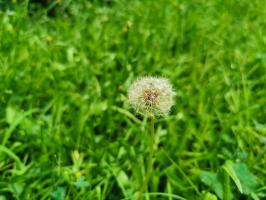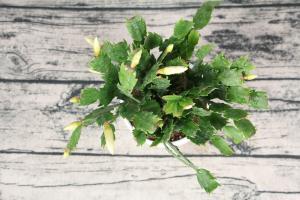How to Fix a Snapped Tomato Plant
Accidents happen! Sometimes the wind might blow too hard, or you might accidentally step on your tomato plant. Whatever the case, a snapped tomato plant is not the end of the world. In fact, if you act quickly, you can save your plant and still get a great harvest. Here's how to fix a snapped tomato plant:
Step 1: Assess the Damage
The first thing you need to do is assess the damage. If the stem is completely cut in half, your chances of saving the plant are slim. However, if the stem is partially broken or bent, there is hope. If the top of the plant is still intact, you can try to propagate it and grow a new plant. If the bottom of the plant is still intact, you can try to splint the stem and encourage it to heal itself.
Step 2: Propagate the Top of the Plant
If the top of the plant is still intact, you can try to propagate it and grow a new plant. To do this, select a healthy branch from the top of the plant and remove all the leaves from the bottom half of the stem. Then, dip the bottom of the stem into rooting hormone and plant it into a pot filled with potting soil. Keep the soil moist and place the pot in a warm, bright location. In a few weeks, you should see roots start to form. Once the roots have established, you can transfer the new plant to your garden.
Step 3: Splint the Stem
If the bottom of the plant is still intact, you can try to splint the stem and encourage it to heal itself. To do this, gently straighten the stem and make sure that the bottom of the plant is still firmly in the ground. Then, use a small splint, such as a bamboo skewer, to keep the stem straight. Wrap the splint around the stem and secure it in place with some twine. Be careful not to wrap the twine too tightly, as this can damage the stem further. Leave the splint in place for a few weeks and check on the plant regularly to make sure it's healing properly.
Step 4: Provide Support
Whether you choose to propagate the top of the plant or splint the stem, it's important to provide support. Use a tomato cage or stake to keep the plant upright and prevent it from snapping again. Make sure the support is sturdy and secure, as tomato plants can grow quite tall and heavy.
Step 5: Be Patient
Fixing a snapped tomato plant takes time and patience. It may take a few weeks for the plant to start to recover, and it may not produce as much fruit as a healthy plant. However, with a little TLC, your plant will have a fighting chance and you may still be able to enjoy a delicious harvest.
In conclusion, a snapped tomato plant is not a lost cause. By following these steps, you can still save your plant and get a great harvest. Remember to assess the damage, propagate the top of the plant, splint the stem, provide support, and be patient. Good luck!

 how many times do yo...
how many times do yo... how many planted tre...
how many planted tre... how many pine trees ...
how many pine trees ... how many pecan trees...
how many pecan trees... how many plants comp...
how many plants comp... how many plants can ...
how many plants can ... how many plants and ...
how many plants and ... how many pepper plan...
how many pepper plan...
































